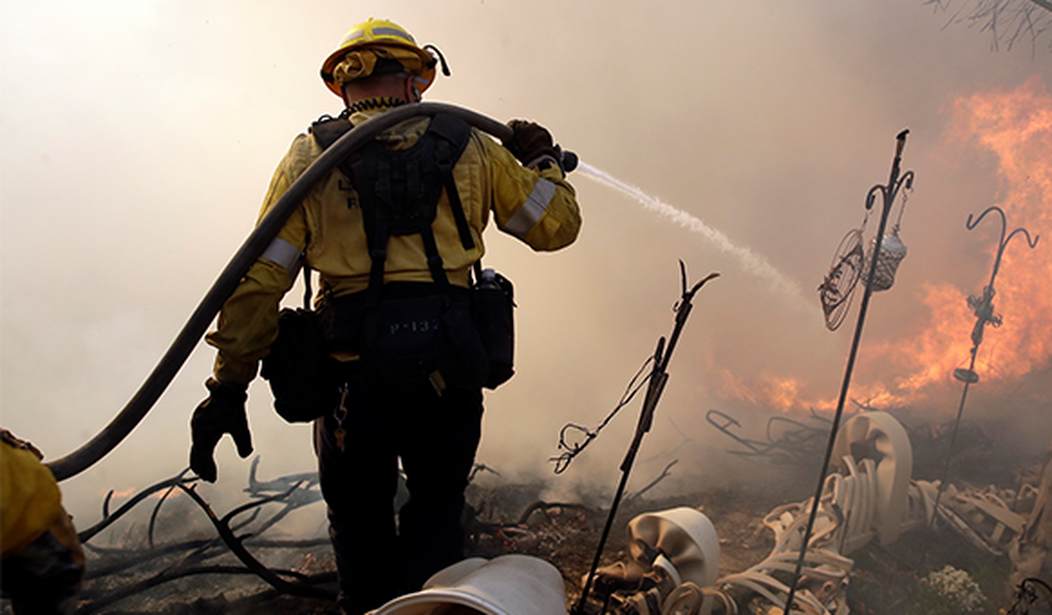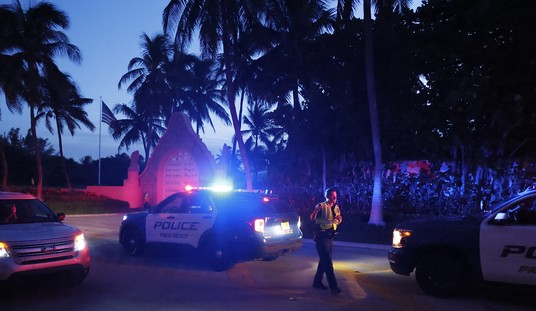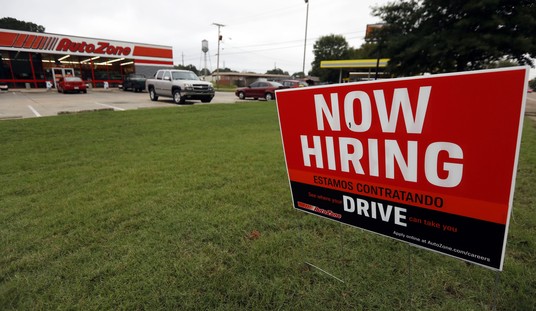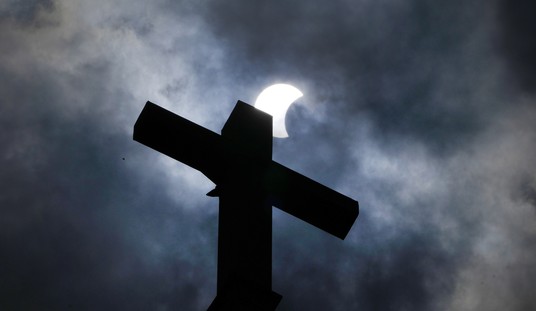What a horrible way to begin a new year. Grass set on fire by downed power lines, compliments of wind gusts that clocked 105 miles per hour. These are the root causes of a major disaster happening in the state of Colorado right now.
From the AP:
Tens of thousands of Coloradans driven from their neighborhoods by wind-whipped wildfires anxiously waited to learn what was left standing of their lives Friday after the flames burned an estimated 580 homes, a hotel and a shopping center.
At least one first responder and six other people were injured in the blazes that erupted outside Denver on Thursday morning, unusually late in the year, following an extremely dry fall and amid a winter nearly devoid of snow so far.
Boulder County Sheriff Joe Pelle, who gave the early damage estimate, said there could be more injuries — and also deaths — because of the intensity of the fires, propelled by winds that gusted up to 105 mph (169 kph).
“This is the kind of fire we can’t fight head-on,” Pelle said. “We actually had deputy sheriffs and firefighters in areas that had to pull out because they just got overrun.”
The winds will not stop.
Entire neighborhoods up in flames. #marshallfire pic.twitter.com/K2k6NWUC4N— Sam Boik (@SamBoik) December 31, 2021
The Marshall Fire has burned over 600 homes in local communities, including Boulder, Superior, and Louisville. That count could rise as they assess the damage. Gov. Jared Polis declared a State of Emergency yesterday, allowing the state to access disaster emergency funds in order to support the response efforts, and unlock state resources such as using the Colorado National Guard, Colorado Division of Fire Prevention and Control, and activating the State Emergency Operations Center.
The Denver Post updated that evacuation orders and pre-evacuation warnings were lifted overnight by the local authorities for residents outside of Boulder County, including Broomfield and Westminster, as the winds subsided.
By first light Friday, the towering flames that had lit up the night sky were gone, leaving smoldering homes and charred trees and fields. The winds had died down, and light snow was in the forecast, raising hopes it could prevent flare-ups.
The neighboring towns of Louisville and Superior, situated about 20 miles (32 kilometers) northwest of Denver and home to a combined 34,000 people, were ordered evacuated ahead of the fires, which cast a smoky, orange haze over the landscape.
The two towns are filled with middle- and upper-middle-class subdivisions with shopping centers, parks and schools. The area is between Denver and Boulder, home to the University of Colorado.
The causations are much like what occurs in California: a dry winter and circumstance. California’s circumstance centers around homelessness and negligent fire mitigation. Colorado’s misfortune was winds that downed power lines after experiencing an unseasonably dry fall and winter. Denver’s very first snowfall of the season was on December 10. Despite this simple math, climate change will always be invoked, and the AP did not disappoint.
Some of the several blazes in the area were sparked by downed power lines, authorities said.
Scientists say climate change is making weather more extreme and wildfires more frequent and destructive.
[…]
Ninety percent of Boulder County is in severe or extreme drought, and it hasn’t seen substantial rainfall since mid-summer.
“With any snow on the ground, this absolutely would not have happened in the way that it did,” said snow hydrologist Keith Musselman.














Join the conversation as a VIP Member